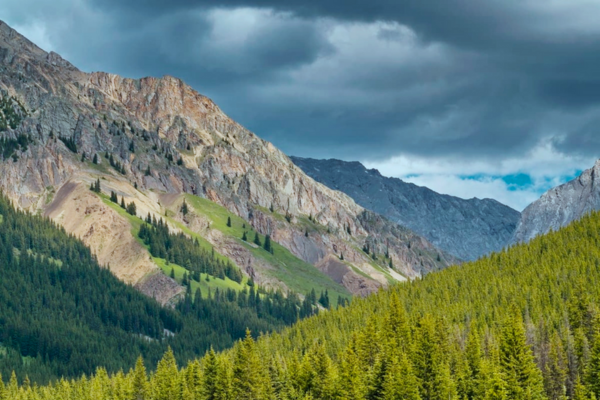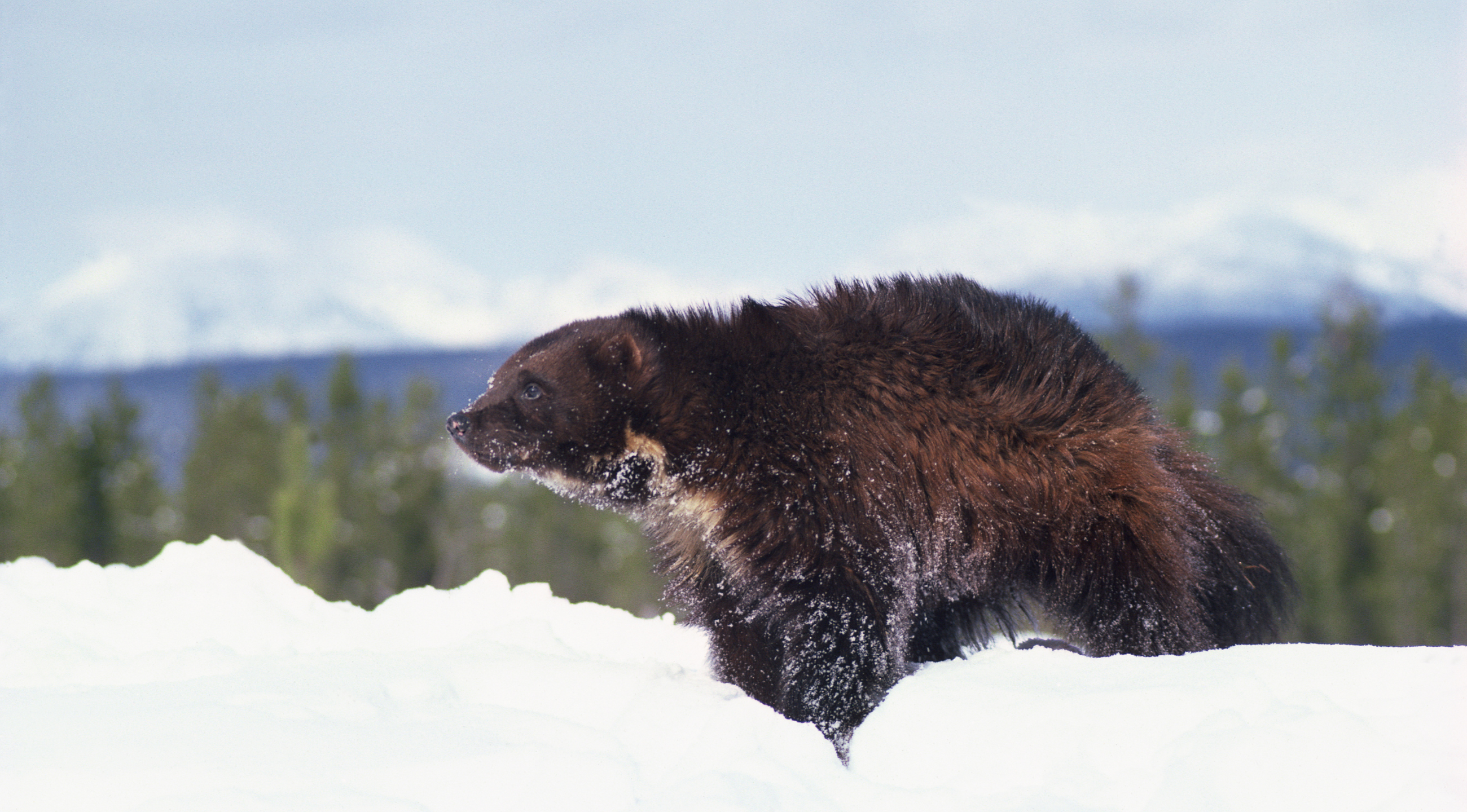November 15, 2022
Calgary | Mohkinstsis
The majority of Albertans think that not enough land is protected in the province. Recent polling commissioned by CPAWS Northern and Southern Alberta reinforces what we already know: Albertans care deeply about nature and wildlife and want to see greater protections for them.
Most Albertans support setting aside more land in Alberta to protect wildlife habitat to prevent further decline of wildlife populations (77%), more land in Alberta to be left as wilderness where human activities are minimal (76%), and more land for provincial parks with a focus on recreation and leisure (73%).
The results are at odds with the Government of Alberta’s latest restructuring of the Environment and Parks ministries into two: the Ministry of Environment and Protected Areas and a separate Ministry of Forestry, Parks and Tourism. The split is concerning, as it potentially places more emphasis on development and high-impact recreation within Alberta’s parks.
“The recent mandate letters for both ministries are certainly out of step with the clear desire Albertans have shown for protecting nature and wildlife,” says Tara Russell, Program Director with CPAWS Northern Alberta. “We were surprised to see that they contained no mention of protection, conservation, wildlife, or species at risk.” *
The poll is a strong indication that the people of Alberta are expecting more action from their governments to protect nature. 60% of Alberta is public land, owned and managed by the provincial government, meaning the critical decisions on how the majority of Alberta’s land is used, and which activities are allowed to occur, are determined by these new ministries.
“This split has left many concerned that the focus of parks will shift away from what Albertans really want – lands dedicated to the conservation of nature and wildlife.” Katie Morrison, Executive Director with CPAWS Southern Alberta “The polling clearly demonstrates overwhelming support for more, and better protection.”
Human activities and land management pressure have put nature and wildlife at risk around the world, and Alberta is not immune. The global biodiversity crisis — the decline and disappearance of biological diversity among living beings — is not a mystery to Albertans. Alberta has over 90 species listed as federally at risk, including caribou and native trout, that are highly impacted by habitat loss and degradation. The polling showed that 95% of people polled across the province are concerned about the loss of species and the biodiversity crisis.
The results are timely, as Canada is set to welcome the world to COP15 in December — nature and biodiversity’s complement to the better known ‘climate COP,’ and an essential international gathering to set conservation goals intended to halt and reverse the loss of biodiversity.
“Increasing protection of nature will be a key focus of this upcoming convention — these new poll results highlight just how important this is to Albertans,” says Morrison. The vast majority (85%) of respondents are in favour of Alberta committing to protecting 30% of its land for conservation purposes by 2030 in support of Canada’s international commitment.
One newer tool for achieving more conservation, while also elevating Indigenous rights, are Indigenous Protected and Conserved Areas or IPCAs. Half of Albertans support Indigenous Protected and Conserved Areas (IPCA) as a means of conserving ecosystems in the province. 26% indicated they are neutral, which may be due to a lack of familiarity with IPCAs given that they are a relatively new concept.
Russell says “We are encouraged to see the level of support for IPCAs in the polling coinciding with IPCA proposals in northern Alberta. Our hope is that the creation of IPCAs in Alberta will help those that are unfamiliar or neutral get excited about the opportunities they present.”
“We hope that provincial and federal governments recognize Albertans strong support for more protection of lands and waters and desire for meaningful, implementable plans to halt and reverse the loss of biodiversity,” concludes Katie Morrison.
Key Findings
95% of Albertans are concerned about species loss and the biodiversity crisis.
86% support creating more parks for recreation and leisure.
78% support creating new protected areas specifically for wildlife.
70% oppose closing parks or shrinking park boundaries.
85% support Alberta’s commitment to Canada’s target of protecting 30% of its land for conservation purposes by 2030.
57% of Albertans expressed support for Indigenous Protected and Conserved Areas (IPCAs) as a tool for conserving ecosystems in Albert, an increase from 2022. An additional 26% were neutral on the matter, which may simply indicate a lack of familiarity with IPCAs.
Parks and Protected Areas Alberta Opinion Poll (2025), DDL Analytics Inc.
Read the full report by clicking here.
For more information, contact:
Katie Morrison
Executive Director, CPAWS Southern Alberta
kmorrison@cpaws.org
*This quote was updated to reflect the release of the Ministry of Forestry, Parks and Tourism’s mandate letter.
More News

All-Seasons Resort Policy Released

Critical Habitat and Industry Lobbying Part 4: How DFO Allows Critical Habitat Destruction


